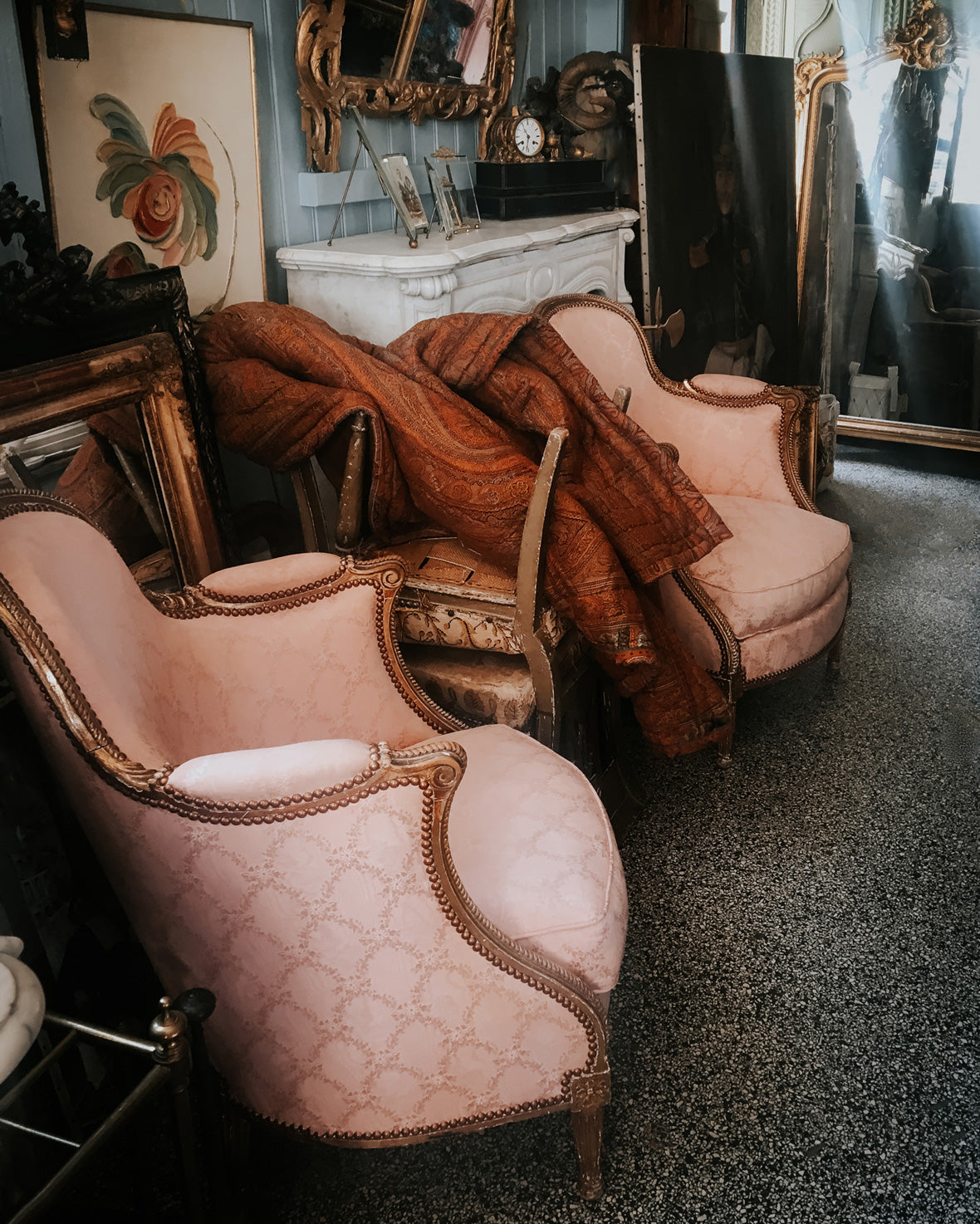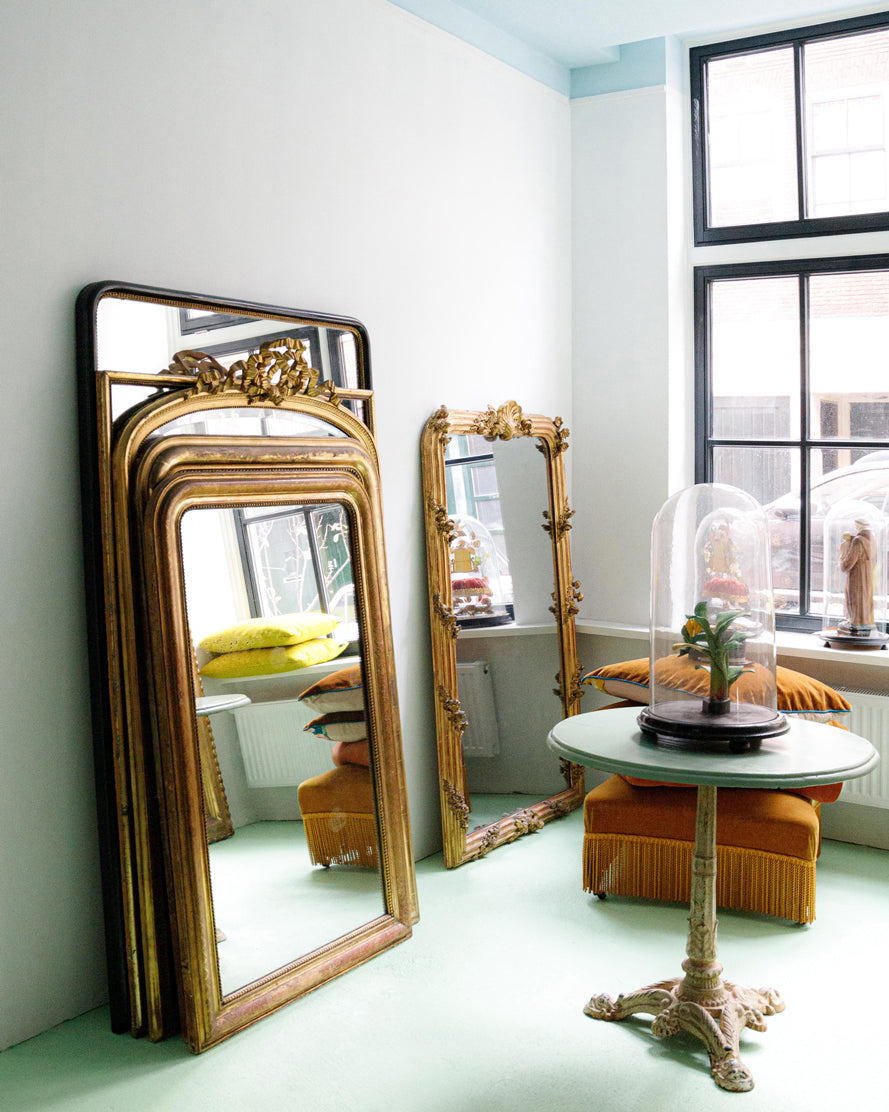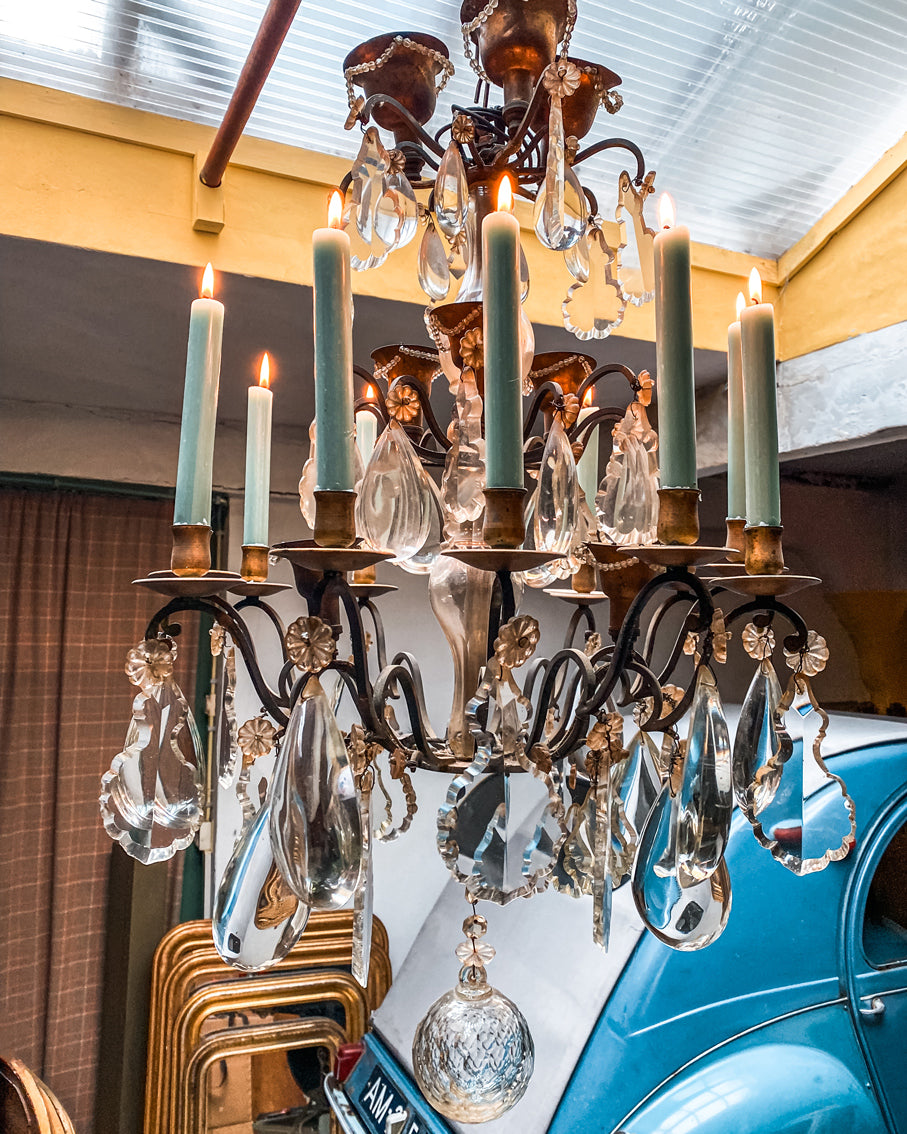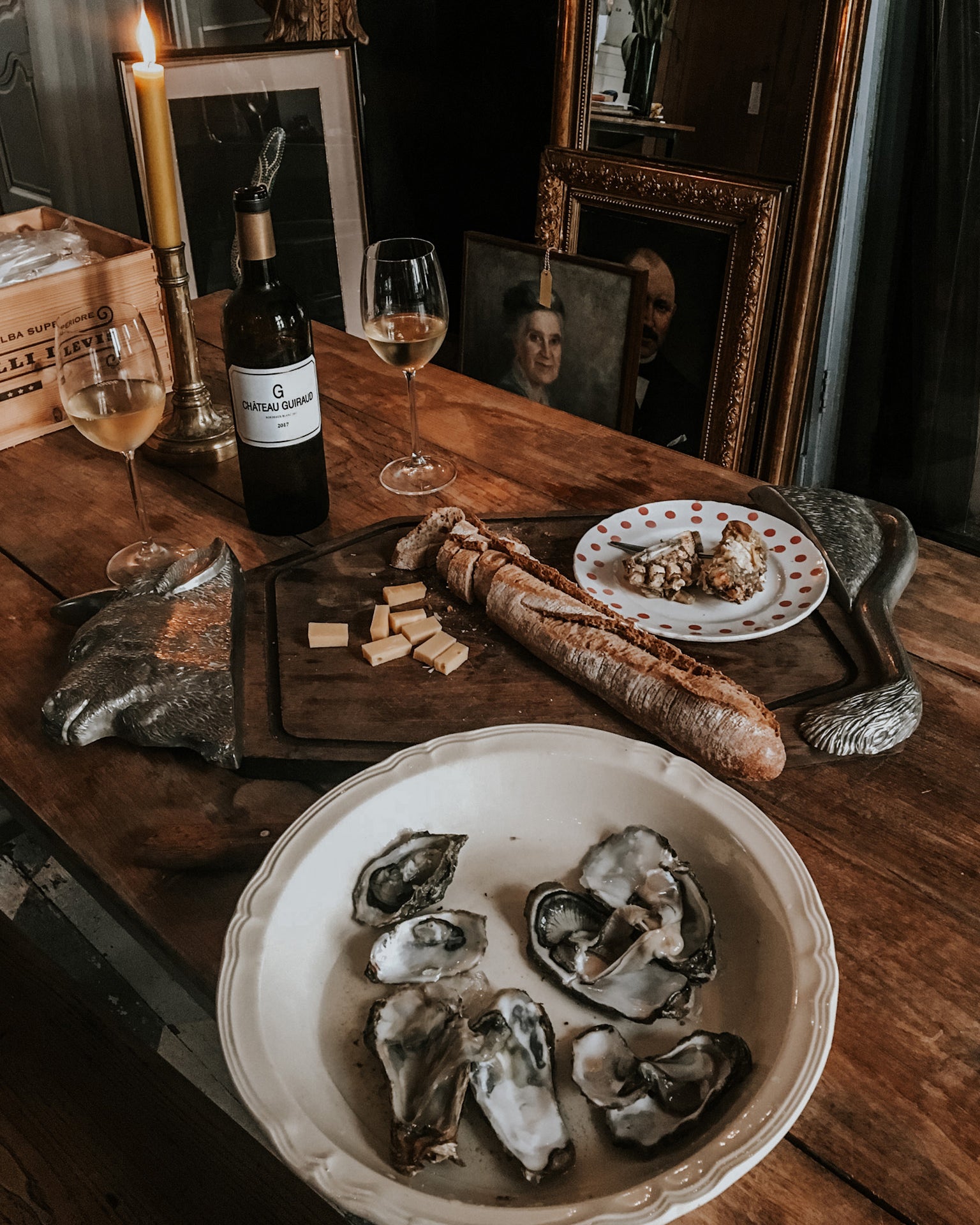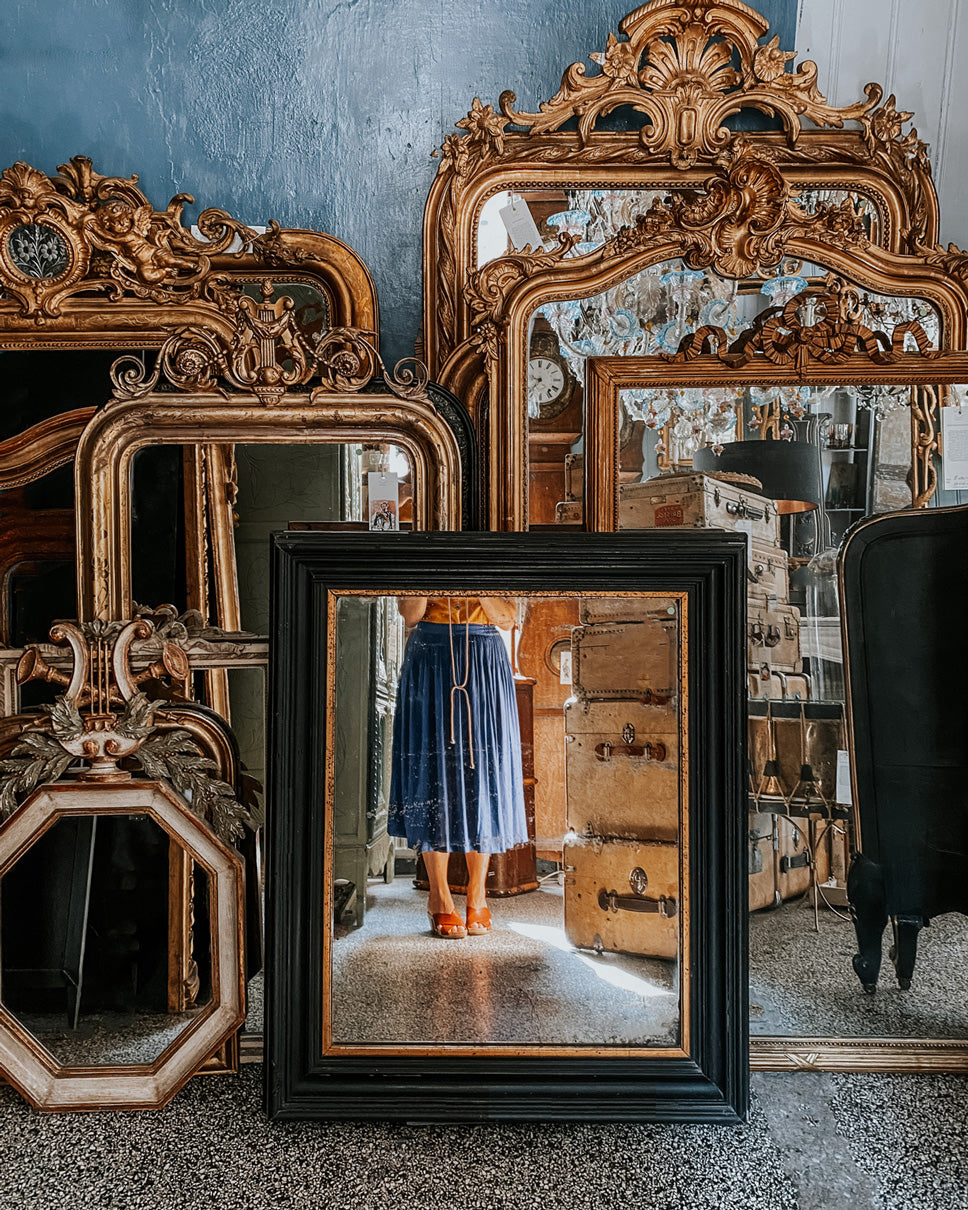






Historic Hand-Painted Bullfight Sign - Manolete’s Final Fight, 1947
Bullfighting, legend, and a fateful August afternoon in 1947
This isn’t your average piece of vintage ephemera. It’s a thick, hand-painted wooden advertising panel—a striking, almost cinematic relic—from the famed Linares bullring, dated August 28th, 1947. On the surface, a vibrant slice of Spanish folklore. But lean in, and the story it tells is both dazzling and devastating.
Art Meets Arena
In the world of antiques, context is everything—and this panel pulses with it. The soft but vibrant colours, the names of matadors in bold letters, the fair of San Agustín in Linares in full swing… it’s theatrical. A tableau from a time when drama unfolded not just on canvas but in sand and sweat. And at the centre of this particular scene? A name that echoes through bullfighting history: Manolete.
The Day the Legend Fell
This panel advertises a fight between six Miura bulls and three of Spain’s most celebrated toreros: Rafael “Gitanillo de Triana” Vega, the legendary Manolete, and the young rising star Luis Miguel Dominguín. A dream line-up—at least, that’s what it must have felt like on that August day.
What no one knew when this poster was painted, or nailed up on a sun-baked wall in Linares, perhaps even on the arena itself, was that it would become a memorial of sorts. Because that same evening, Manolete—stoic, solemn, and revered as perhaps the greatest bullfighter of all time—was fatally gored by the Miura bull Islero. He died the next morning, at just 30 years old, and bullfighting was never quite the same again.
Tragedy, Tangled Threads, and Spanish Memory
Rafael Vega de los Reyes, the other torero billed, met his own tragic end—though not in the arena. He died in a car accident a few years later, alongside his brother-in-law and fellow matador Héctor Álvarez.
Only Dominguín lived to tell the tale—an emblem of another era, later rubbing shoulders with Picasso and having a romantic relationship with Ava Gardner. Somehow, destiny chose him to carry the legend forward.
The Name Behind the Bull: Miura’s Legacy
The last name we have not mentioned yet on this panel is D. Eduardo Miura (Fernández), a name that also still echoes through the bullrings of Spain. Not a matador himself, but a legendary breeder of bulls—Miura bulls, to be precise. Known for their size, strength, and unpredictable temperament, Miura bulls were (and still are) the stuff of torero legend and fear. To see his name on an advertising panel wasn’t just a note of provenance—it was a warning! A Miura bullfight was never going to be routine; it was high drama, high risk, and in this case, heartbreakingly high cost.
Carteles de Toros: Spanish History in Bold Strokes
Known as Carteles de Toros, traditional Spanish bullfighting posters have long held a place of pride in the country's cultural narrative. Emerging in the 19th century, these vividly illustrated announcements were more than mere advertisements—they were collectible artworks, often created by celebrated painters of the era. Their bold colours and dramatic compositions captured the intensity of the bullring and the glamour of its matadors, offering a striking visual diary of Spain’s most iconic (and controversial) tradition.
One-of-a-Kind, Hand-Painted History
While printed versions of this specific 1947 bullfight poster were published at the time—and reissued in the decades that followed—this hand-painted wooden panel stands apart. We’ve not come across another like it: a weighty piece, likely made for prominent display during the feria. Its craftsmanship and sheer presence suggest it was more than just a poster—it was an announcement meant to stop you in your tracks. The fact that it marks the event that would become one of the most fateful days in bullfighting history—the death of Manolete—makes it all the more remarkable.
Why This Panel Matters
Beyond the tragic glamour, cultural weight and storied past, this piece is simply striking. Heavy, (we are not kidding - this panel literally weighs a lot!) bold, unmissable. It’s the kind of wall panel you don’t just hang—you anchor. The paint is wonderfully aged, its surface layered with Andalusian sun, dust, and memory.
And yes, it tells a story. One of performance and pain. Of glory and fatalism. Of national identity forged in arenas and art alike.
Product info
TRANSPORT & DELIVERY
All household, small fine art, and vintage items are available for in-store pickup or can be shipped domestically and internationally. Shipping expenses will be included during the checkout process for standard shipping.
All our large and delicate antique and vintage items require custom delivery, which must be organised separately from the product purchase. We will of course organise the transport for you and help you with all your questions. We ship world-wide and have lots of experience with the transport of fragile items. All of our products are professionally packed, shipped and send via one of our partners. We will make sure we will always find the best custom solution for your transport. Feel free to reach out to us anytime for a quote on the delivery of any of our items to your home address.
Please also read our FAQs about shipping.
GENERAL CONDITION
Please keep in mind that in many cases we sell vintage and antique pieces. None of these pieces should be considered new or in perfect condition.
All of our vintage products show the rich beauty and history of their life with the knocks and bumps of many years of use. We restore our pieces so they will be clean and in a good working condition. However we try to minimise restoration to keep every piece as original as possible.
PHOTOGRAPHY
The physical object can differ slightly in colour from the object as presented online. We have made every effort to display colours accurately, but cannot guarantee that the pictures accurately reflect the colour of those goods in real life.
CONTACT
Don’t hesitate to contact us with any question you have. We are always happy to answer your questions and help to transport your antiques safely to your home.
Choose options








